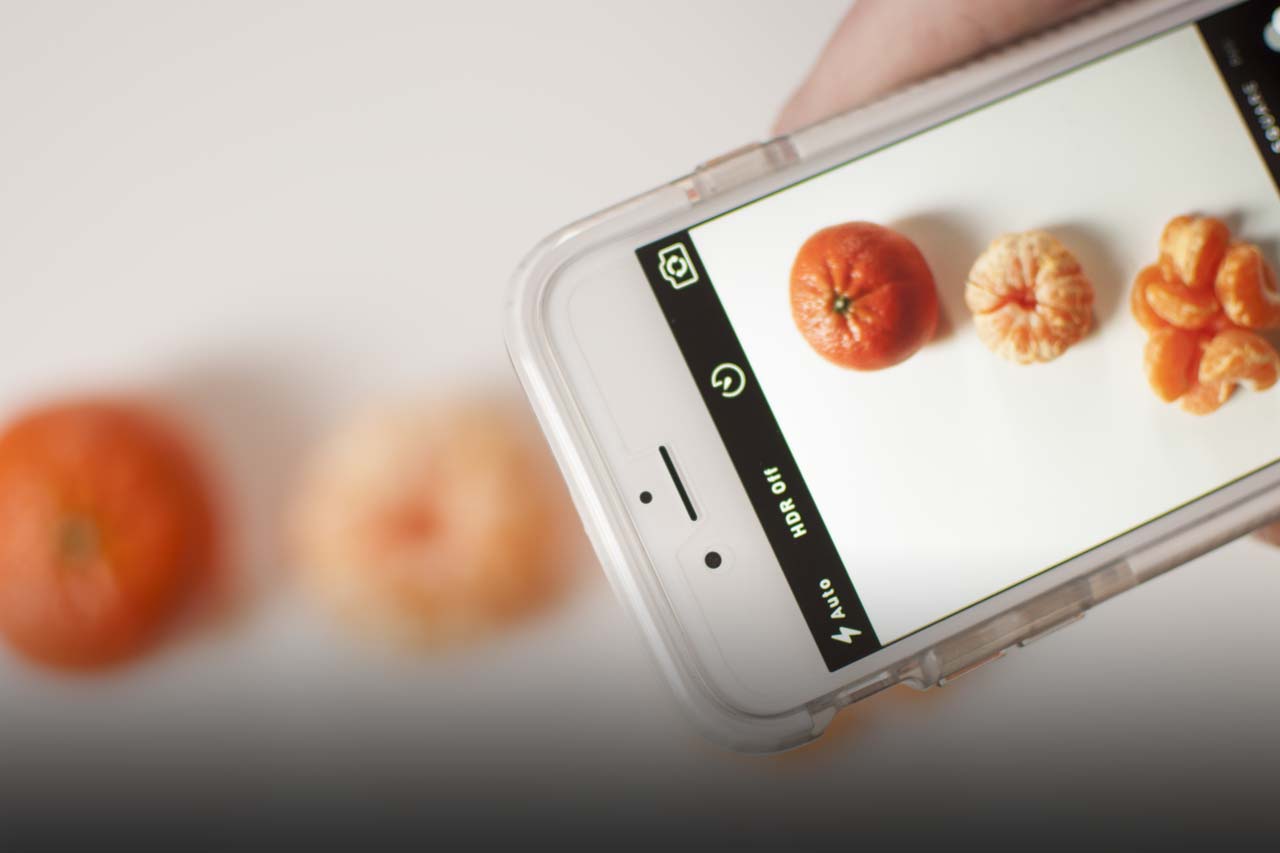For the past couple years we’ve heard a lot of buzz around the term “Dark Social.” It’s “a term coined by Alexis C. Madrigal, a senior editor at The Atlantic, to refer to the social sharing of content that occurs outside of what can be measured by Web analytics programs.” This covers everything from sending […]
For the past couple years we’ve heard a lot of buzz around the term “Dark Social.” It’s “a term coined by Alexis C. Madrigal, a senior editor at The Atlantic, to refer to the social sharing of content that occurs outside of what can be measured by Web analytics programs.” This covers everything from sending your favorite new Beyonce video through SMS, to emailing a friend a hilarious article. These transactions generally consist of one-to-one private interactions; starkly different than general social sharing which is typical one person sharing to many people.
 Why does this matter? Brands have noted an increase in direct traffic, so great that it has grabbed the attention of digital marketing professionals all over. Surely people aren’t actually typing in the direct URL to visit these specific pages all of a sudden. And sure enough they aren’t, these bumps in direct traffic are due to dark social, users sharing links through private messaging interactions. According to Hootsuite, “dark social has been reported to be responsible for up to 60% of overall referral traffic for various websites.” More and more people are sending links via WhatsApp, Snapchat and SMS and these conversions are being lost when it comes to referral traffic analytics, hence the fitting name: Dark Social.
Why does this matter? Brands have noted an increase in direct traffic, so great that it has grabbed the attention of digital marketing professionals all over. Surely people aren’t actually typing in the direct URL to visit these specific pages all of a sudden. And sure enough they aren’t, these bumps in direct traffic are due to dark social, users sharing links through private messaging interactions. According to Hootsuite, “dark social has been reported to be responsible for up to 60% of overall referral traffic for various websites.” More and more people are sending links via WhatsApp, Snapchat and SMS and these conversions are being lost when it comes to referral traffic analytics, hence the fitting name: Dark Social.
 So is dark social a bad thing? No, it’s awesome! It’s the new word of mouth and it’s here to stay. Where it does become problematic for brands is in regards to analytics and tracking where website visitors are actually coming from. Places, such as Buzzfeed, generate personalized links for each article/user so that when they send that article to a friend through Facebook messenger, they can still track where that click is coming from and attribute the traffic source correctly.
So is dark social a bad thing? No, it’s awesome! It’s the new word of mouth and it’s here to stay. Where it does become problematic for brands is in regards to analytics and tracking where website visitors are actually coming from. Places, such as Buzzfeed, generate personalized links for each article/user so that when they send that article to a friend through Facebook messenger, they can still track where that click is coming from and attribute the traffic source correctly.





